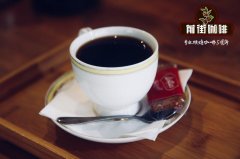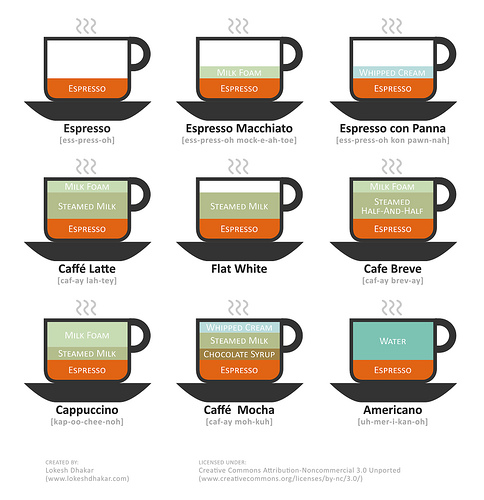Coffee treatment the difference between washing treatment and semi-washing treatment and the flavor characteristics of coffee

Professional coffee knowledge exchange more coffee bean information please follow the coffee workshop (Wechat official account cafe_style)
Water washing is a technique developed by the Dutch in the 18th century, suitable for rainy areas, but it is currently a common method of processing raw beans, accounting for about 70% of the total amount of coffee. Use a peeling machine to separate most of the pulp from the coffee beans, then guide the beans to a dry sink, soak them in water and ferment to remove the peeled pulp. Through water treatment, unripe beans and defective beans will be picked out because of buoyancy, and the process of fermentation is easier to control, so the taste is not like that of Japanese green beans, but rather sour, slightly more complex, and drier (without any noodle flavor, such as sour or sharp). But it is also because it is too "dry" that the richness of the taste is also a little weaker.
The taste shows that the acidity is strong and the palate is dry, fresh and bright.
Remove floating beans: wash the coffee fruit with clean water and remove the immature fruit that floats on the surface.
Remove the pulp: put the new fruit into the pulp remover for peel and pulp removal.
Remove the fruit: remove the pulp and move it into the fermenting tank. After about 16 to 36 hours of natural fermentation, dissolve the surface fruit and then wash it.
Dry and desiccate: continue to expose the water content to 12% after 1: 3 exposure, and then use the washing machine to remove the oil.
The color of washed beans is slightly dark, and the appearance of beans is beautiful. Guardia, Costa Rica, Kashan, Kenyan, Java and Panama Coffee all wash beans.
Semi-washing method, also known as scouring method or ploughing method. Unlike other processing methods, coffee beans are not directly reduced to a moisture content of 11.12%. Instead, the surface is hardened when the moisture content is about 3035%, so that the surface of the raw beans is directly exposed. it is then dried until it reaches a moisture content that is non-perishable and easy to store, and this second drying method gives the coffee beans a marsh dark color. Coffee beans treated by semi-washing have low acidity and thicker properties.
The flavor of semi-washed coffee is between daily coffee washing and water washing. This method is popular in Indonesia. Mante means multi-wash and half-wash. In recent years, Brazil has also begun to use semi-washing.
The semi-washing method is similar to the water washing method, first removing the skin and part of the flesh of the coffee peach fruit, then drying the fruit, drying the fruit after drying, and then using a special machine to grind off the pulp and remove the fruit.
End
Important Notice :
前街咖啡 FrontStreet Coffee has moved to new addredd:
FrontStreet Coffee Address: 315,Donghua East Road,GuangZhou
Tel:020 38364473
- Prev

Coffee treatment what is the difference between sun treatment and washing treatment and the flavor of coffee
Professional coffee knowledge exchange more coffee bean information please pay attention to the coffee workshop (Wechat official account cafe_style) tanning (Dry process/Natural method) is the oldest and most primitive treatment of coffee beans. Arabs used this method to deal with coffee more than a thousand years ago. The harvested coffee cherries are directly exposed to the sun on the terrace (about
- Next

[coffee special] want to mix out the taste that the guest wants? First learn how to read music and mix drinks!
Professional coffee knowledge exchange more coffee bean information please follow the coffee workshop (Wechat official account cafe_style) today, we will teach you how to read music and mix drinks. Musicians read music, dancers read dance recipes (in ancient times), practitioners read boxing recipes, cooks read recipes, bartenders read wine recipes, and baristas read coffee recipes (to put it bluntly, recipes). A layman looks at an expert.
Related
- What is the meaning of lactic acid fermentation with coffee bean treatment?
- How to judge the state of foam by sound?
- How does the latte pull out the unicorn pattern? Come to get for a little trick to improve the flower pull!
- Will flower pulling affect the taste of the latte?
- Do you know the history of coffee?
- The difference between honey treatment and sun washing what is raisin honey treatment?
- What kind of milk can a novice use to make coffee foam to keep the foam longer? The correct method and skills of milking tutorial sharing
- Why do washed coffee beans taste sour? Flavor characteristics of washed Coffee
- Introduction to the skill of how to practice the size and height of water injection around the circle of hand-brewed coffee
- How do beginners practice coffee flower drawing from scratch?

